New Monument
The “New Monument” is the last chapter of the “De/Construction of Monument” Project, initiated in 2004. The goal of the realization of the ‘new monument’ – i.e. the art work in public space – is the continuation of 10-year long program practice of the Sarajevo Center for Contemporary Art, i.e. of the support for those art projects which publicly and openly raise issues related to our time and start a direct dialogue with citizens in a new and untraditional way, both in form and in content. The ‘New Monument’ is an attempt at re-defining the notion and form of materialization of monuments (as we know them), their function, connotation and message they convey. That is why we have put the ‘New Monument’ in inverted comas.
The meaning of the multi-disciplinary “De/Construction of Monument” project was to demystify and de-mythologize the past, to deconstruct the realities of transition in post-socialist, particularly in post-Yugoslav countries, so that our time could be thought in a new and creative way. The foundation and the starting point of the Project were the material remnants of the monuments from different periods of our recent or distant past, as well as newly erected ones. They represent a materialization of ruling political, ideological and esthetic values, and, as such, they are an ideal material for critical analysis of the state in numerous areas, from philosophy to history, education and art.
In the course of the Project, besides the seminars, panels, lectures, film screenings, the interventions in public space and exhibitions were organized too. The focus of artistic actions was also put on the thematic elaboration of different symbolic aspects of monuments, tacking the issues of their meaning and purpose. In the first part of the project, entitled “Public Art/Art in Public Space”, a series of artists’ presentations to show various contemporary artistic “practices” were organized, ranging from ‘monuments to a negative past’ by Jochen Gerz, to ‘anti-monuments’ by Braco Dimitrijević and Sanja Iveković. This was a ‘pedagogical’ overture for artists (particularly those who attended various programs during 2004 or participated in them) into the final phase of the project entitled ‘New Monument’, consisting of a public competition, exhibition of received material, voting of the audience for the best New Monument idea and the work of an international jury – selection of works for realization, production, and installation in public space.
The final phase, the realization of New Monuments, the interval between the production and the installation (from September 2005 until the end of 2006) was spent on requesting the permits for monument’s locations from the municipal and city authorities, on the basis of duly submitted documentation. The communication with the authorities relating our entry into public space is an exceptionally important part of the whole story about art in public space. That is why I am quoting here a excerpt of the text of the “De/Construction of Monument” project.
“The process of realization, besides the construction, implies also negotiation with local (municipal, city and cantonal) authorities relating the location, permits etc.
New monuments will be offered to the city as a gift, alongside the obligation of their installation and maintenance. This will be a test of how the relationship between governments and civil initiatives functions and an answer to the question: Who owns public space? “(November 2003)
After more tan a year of searching and waiting for the permits, the result is as follows:
Communication is reduced to written and telephone calls, on the one hand, and “silence of administration”, on the other. It exists in neither the bureaucratic, nor in the written form. It is almost impossible to get directly in touch with the authorities, with the “owners of public space”. The experience so far has been reduced to the conclusion that this is the case of total lack of responsibility and interest for the initiatives launched by local organizations and cultural institutions (both governmental and non-governmental) that relate to the supporting and promotion of domestic artists. Only the calls from the “higher places” can, although reluctant, lead towards certain results… Here one usually says at the end of every story: things will get better.
Dunja Blažević
October / November 2006
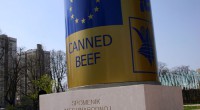 06. 04. 2007
06. 04. 2007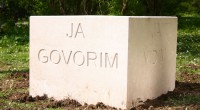 06. 04. 2007
06. 04. 2007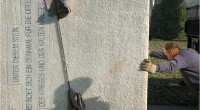 18. 11. 2006
18. 11. 2006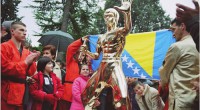 26. 11. 2005
26. 11. 2005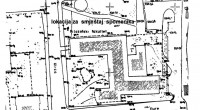 30. 04. 2005
30. 04. 2005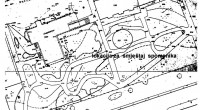 30. 04. 2005
30. 04. 2005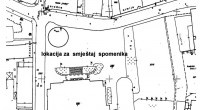 30. 04. 2005
30. 04. 2005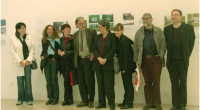 29. 04. 2005
29. 04. 2005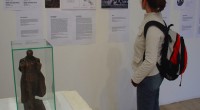 22. 04. 2005
22. 04. 2005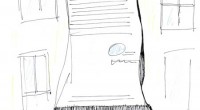 10. 03. 2005
10. 03. 2005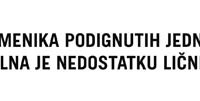 10. 03. 2005
10. 03. 2005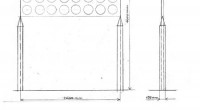 10. 03. 2005
10. 03. 2005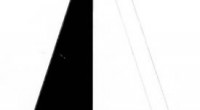 10. 03. 2005
10. 03. 2005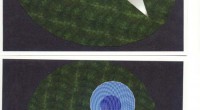 10. 03. 2005
10. 03. 2005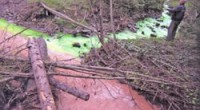 10. 03. 2005
10. 03. 2005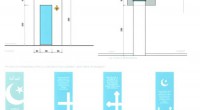 10. 03. 2005
10. 03. 2005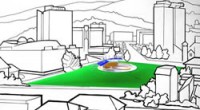 10. 03. 2005
10. 03. 2005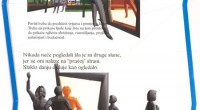 10. 03. 2005
10. 03. 2005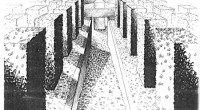 10. 03. 2005
10. 03. 2005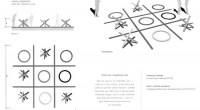 10. 03. 2005
10. 03. 2005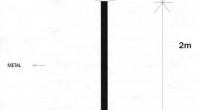 10. 03. 2005
10. 03. 2005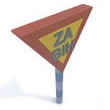 10. 03. 2005
10. 03. 2005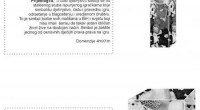 10. 03. 2005
10. 03. 2005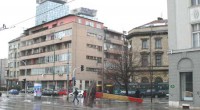 10. 03. 2005
10. 03. 2005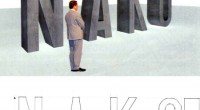 10. 03. 2005
10. 03. 2005 10. 03. 2005
10. 03. 2005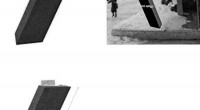 10. 03. 2005
10. 03. 2005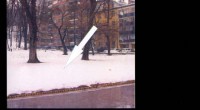 10. 03. 2005
10. 03. 2005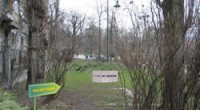 10. 03. 2005
10. 03. 2005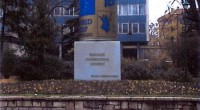 10. 03. 2005
10. 03. 2005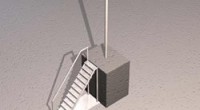 10. 03. 2005
10. 03. 2005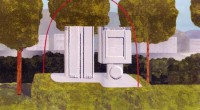 10. 03. 2005
10. 03. 2005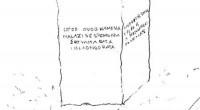 10. 03. 2005
10. 03. 2005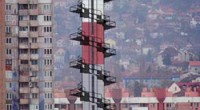 10. 03. 2005
10. 03. 2005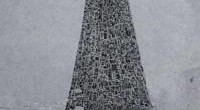 10. 03. 2005
10. 03. 2005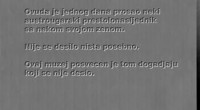 10. 03. 2005
10. 03. 2005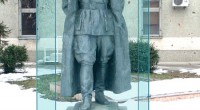 10. 03. 2005
10. 03. 2005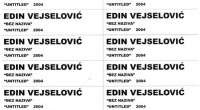 10. 03. 2005
10. 03. 2005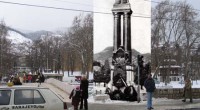 10. 03. 2005
10. 03. 2005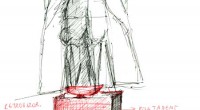 10. 03. 2005
10. 03. 2005